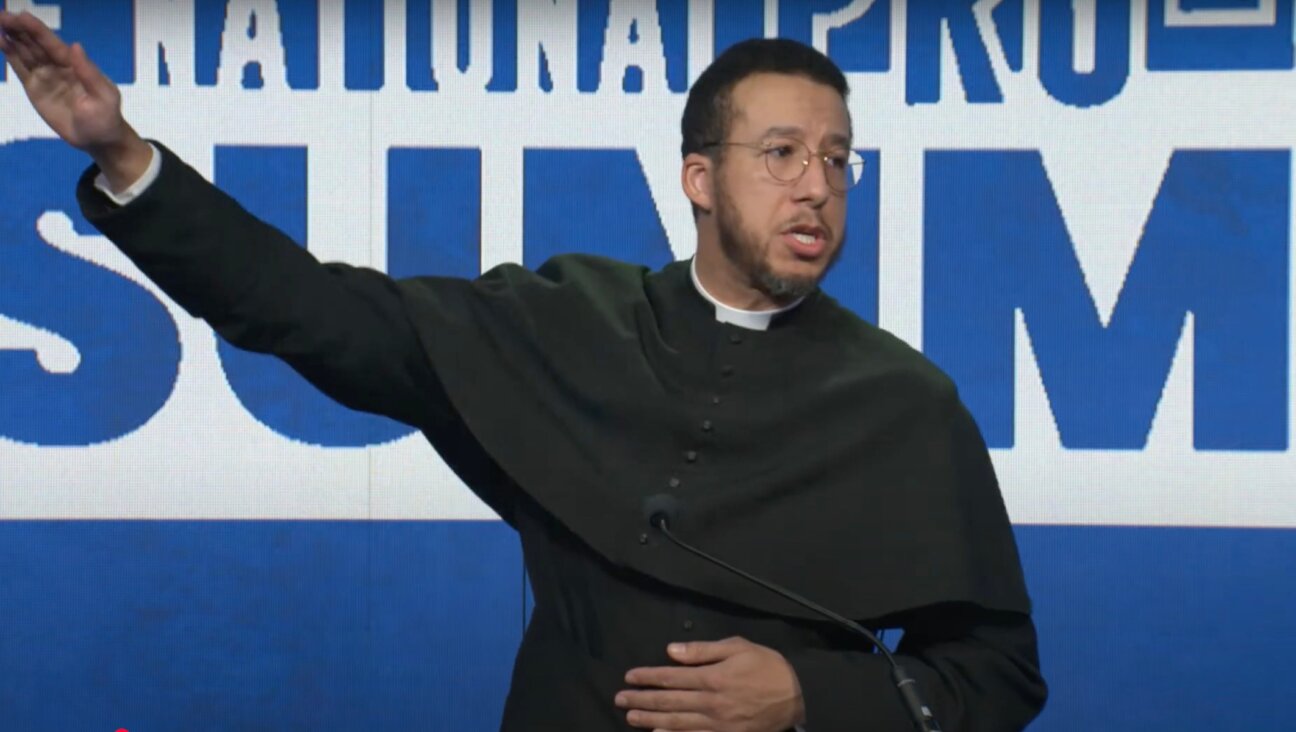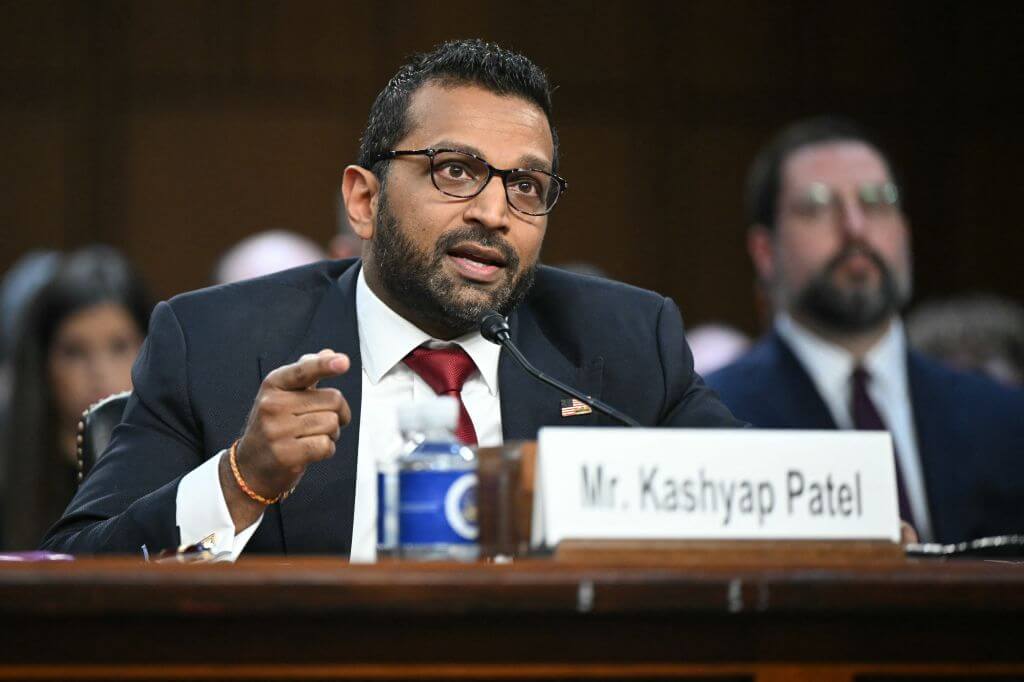Sodastream Is Trying To Save The World’s Oceans


Image by Sean Zanni/Getty Images for SodaStream and the Oceanic Society
The ocean is filling up with plastic at an alarming rate. According to Earthday, about 8 million tons of plastic are thrown into the ocean every year. Plastic has been found eleven kilometers deep under water, which means synthetic fibers have penetrated even the most remote regions of the ocean. “We know we need the ocean to survive,” Ocean Society president and CEO Roderic Mast, 60, said. “But the ocean’s never been sicker.”
Mast is 60 and he’s spent his whole life working in conservation. In high school he became a member of the Oceanic Society, America’s first non-profit organization devoted to ocean preservation. Inspired by explorers like Jacques Cousteau, he became a marine biologist to study sea turtles, journeying to places like Mexico and the Galapagos for research. Now he’s on a mission to deepen the connection between people and nature.

Roland Mast Image by Sean Zanni/Getty Images
“The idea is once those connections are deep, people will begin to care about the ocean and they will behave in different ways,” Mast told me.
Sodastream, the maker of the consumer home carbonation product, has started campaigning about ocean conservation, by selling their product as not only cost-efficient but also environmentally friendly: While the average family will use and dispose of 3,700 single use soda cans a year, a Sodastream machine allows families to make carbonated beverages at home prevents that waste in the ocean.
Every single piece of plastic ever used is still around in one form or another, according to Quartz. Humans are throwing almost as much plastic as they are using.
To raise awareness about this, Sodastream employees have created an art installation titled “Drowning Liberty,” with a 20-foot tall Statue of Liberty drowning in plastic waste. “We partnered with Oceanic to raise awareness of our habit to reach for that fridge to consume that beverage of choice that will one day end up in a landfill,” Sodastream’s US head of marketing, Maurice Herrera, age 48, said.
Passersby milled around the blue-tented area, braving the intense New York humidity to investigate the presence of the steel cage filled with water bottles. Most of them walked away clutching their complimentary, special edition BE THE CHANGE Sodastream bottles, having taken on a pledge to make the switch to reusable bottles. “Make my own soda? I never heard of that,” an onlooker said, but she didn’t look too opposed.

Image by Sean Zanni/Getty
“The worst case scenario?” said Mast. “The ocean dies…For those of us that like oxygen in our air, for those of who like to drink water, eat food, have a liveable climate, you got to have the ocean. No ocean, no us.”
Drowning Liberty is available for viewing September 3-5 in New York’s Flatiron Plaza.
Shira Feder is a writer. She’s at [email protected] and @shirafeder
A message from our Publisher & CEO Rachel Fishman Feddersen

I hope you appreciated this article. Before you go, I’d like to ask you to please support the Forward’s award-winning, nonprofit journalism so that we can be prepared for whatever news 2025 brings.
At a time when other newsrooms are closing or cutting back, the Forward has removed its paywall and invested additional resources to report on the ground from Israel and around the U.S. on the impact of the war, rising antisemitism and polarized discourse.
Readers like you make it all possible. Support our work by becoming a Forward Member and connect with our journalism and your community.
— Rachel Fishman Feddersen, Publisher and CEO























